Let me take you to the scene. It was a cold morning near Bald Eagle reservoir in central Pennsylvania when I met him. We stood at the bike rack inside of transition 1 (T1) at the Ironman 70.3 Penn State, where it was six-thirty a.m. and fifty-seven degrees with mist clinging to the mountains across the lake.
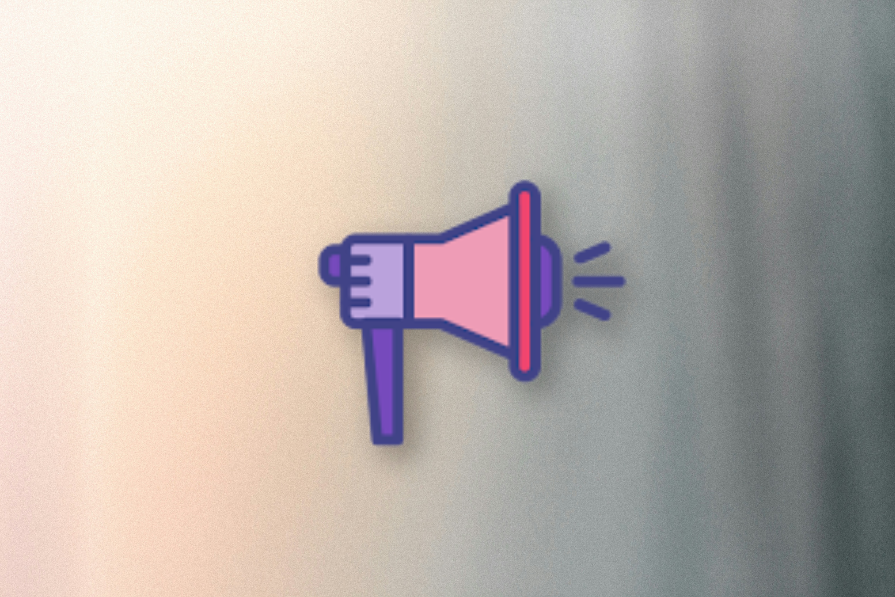
I struck up a conversation with my triathlete neighbor, whose bike was racked next to mine. He said it was his first time doing this distance — a 1.2 mile swim, 56-mile bike ride over some mountains, then a 13.1 mile run — and he had noticed my Ironman water bottles on my bike from the Lake Placid race I did in 2022.
It reminded me of the time I did my first 70.3 in Miami in 2013 and met a man who was using that race to train for a full Ironman he had later that year. I remember how my jaw had dropped in disbelief. Using a 70.3 to train for an Ironman solidified that guy’s place as a hero in my mind at the time.
To help set my new friend’s nerves at ease, I asked him if he felt prepared for the race. He began explaining how he and his buddies had driven the bike course the day before to mentally prepare. For some reason, as he started talking, I decided it was the right time to stick my right leg into my wetsuit and begin shrugging it on in preparation for the swim start.
It was the right time for this, as we had to be out of T1 in ten minutes to queue up for the swim start, but it also demonstrated a complete disregard for what he was saying, despite the fact that I was actually listening to him. Unfortunately, perception is everything, so my intentions meant nothing if my body language displayed the opposite.
His voice didn’t falter, so while I knew he must be judging my decision to break eye contact, lean over, and focus on not falling over in the mud, he didn’t show it. Immediately embarrassed at my impolite behavior, I promptly stood up, one leg in the wetsuit and the other leg out, and looked him in the eye as he finished telling me about their preparations.
I stood like that for another few minutes — ignoring the fact that I looked ridiculous — making casual conversation to help assure him that I was listening and he would love the endorphin high that comes from a race like this, while trying to seem inconspicuous at the fact that I’d caught myself being rude and redirected my attention accordingly mid-way through my gear-up.
I wanted to kick myself. I was displaying the very behavior I set out to discuss in this article when I had pitched it to LogRocket a week earlier: society’s relatively new tendency to stop listening after you’ve spoken for a breath, or several seconds, and that behavior’s impact on team productivity and mutual respect in a professional setting.
So with that dose of humility to kick things off, I urge you to consider the last time you stopped listening to someone after they started talking. Can’t think of a time? Observe yourself for 24 hours.
Now, let’s discuss why it’s happening, the impact it has on our relationships personally and professionally, and what you can do about it.
As we speak, we’re living through the fourth industrial revolution, also called Industry 4.0, which includes technologies such as IoT (Internet of Things), AI (artificial intelligence), machine learning, cloud computing, and analytics. But despite all the ways we’re advancing — making use of the many communication and networking tools widely available to us, we’re suffering from technology overload and, as a result, experiencing more stress, burnout, and loss of productivity.
If my intro story wasn’t enough evidence of my own guilt, I remember being called out for multi-tasking at work as far back as 2011, when I was only five years out of undergrad. I can’t claim to represent a majority opinion, but I suspect, like me, many people are eager to multi-task because:
Is it so different from when we started writing “HAGS” in people’s yearbooks instead of “Have a great summer?” Now we can sign five people’s yearbooks in the time it used to take to sign two. We’re always looking for efficiency, for simplicity.
That’s why people invented machinery to do the chores our ancestors used to do by hand. That’s why AI now thinks for us. But that’s part of the problem. Not only are we becoming more efficient, we’re becoming dependent, addicted, and distracted — and not just on AI.
According to research, “The mere presence of one’s own smartphone may induce ‘brain drain’ by occupying limited-capacity cognitive resources for purposes of attentional control.”
Our smartphones are an entertainment and information haven, offering us no shortage of personalized content designed to capture our attention, and we’re hooked. Smartphone owners interact with their phones an average of 85 times a day, so it’s no surprise that this is a major source of distractions during the workday.
Social media and always-on access to our phones has trained us to be the center of our own universes. We’re like happy dogs trotting down a woodland path, constantly distracted by squirrels.
This might be an acceptable way to live when it’s playtime, but the way this shows up in the workplace can take a toll on team dynamics — from impacting others’ confidence in themselves to a term I’d like to dub “communication atrophy,” whereby people stop trying altogether after a point of diminishing returns.
I’ve noticed over the last few years that people have a hard time maintaining eye contact and listening attentively after you’ve spoken for more than one breath. It’s like they’re instantly evaluating your capacity to convey your thoughts, their interest in those thoughts, and then predicting how much they’ll be interested in continuing the discussion.
It’s not that they stop listening altogether (usually), it’s more that they allow their attention to drift, especially when working remotely and it’s harder to ascertain your true connection with someone. It makes it nearly impossible to feel valued in today’s corporate cultures. It makes people (like me) want to stop talking.
The reality is you, as a colleague trying to steer the ship or run the meeting, are competing with social media influencers, personalized algorithms, and wandering thoughts. Top tech companies and their networks have learned how to exploit humans’ cognitive limitations, arguably making learning easier and more fun by producing snack-sized content, but eroding our capabilities in the process.
For example, according to this article, “TikTok’s short-form video format lends itself to entertainment and comedy as the fast-paced videos are engaging, entertaining and stimulating… Studies have shown that the fast-paced content on TikTok can shorten attention span, cause distraction, and lead to task switching.”
On a trip to Bavaria several years ago, I remember being astounded that all the village stores closed precisely at eight p.m. Locals reported a max limit of 35-hour workweeks, relaxing at night, reading books or quietly lounging before an early bedtime between nine and ten p.m. — an heavenly one-eighty to the lifestyle U.S. employees and other less regulated cultures subject ourselves to, especially after hours when things quiet down around the house and a state of flow can finally be achieved, even if it means sacrificing our personal relationships and time.
And there’s another key observation: in the U.S. we’re used to constant convenience. Need something at eleven p.m.? Go out and get it. In Bavaria, you’d better plan ahead, because there, the world doesn’t revolve around you.
One of the top researchers in this space, Gloria Mark from UC Irvine, shared some interesting information in this podcast about her research of attention spans since 2004, when they were over two and a half minutes. Now those spans “have reached an average of about 47 seconds on the screen before switching… The median is 40 seconds, [which means] half the time, people’s attention is shorter than 40 seconds.”
This means over the last twenty-one years, attention spans have decreased by nearly 75 percent.
Our AI tools are even doing it to us. I use speech to text for almost everything, including talking to LLMs like Claude, Gemini, and ChatGPT. While Claude waits patiently for me to indicate I’m done giving it my voiceover prompt before taking it and spitting back a response, Gemini cuts me off.
I can talk to Claude for up to ten minutes and send my voice prompt, but when I take a natural breath to think about what I want to say to Gemini while I’m talking, it stops listening, assuming that I had finished my thought. Claude is patient, Gemini is not. That (plus the corporate ethics Anthropic exhibits) is why Claude gets my money each month.
The best thing to do is probably to become a stand-up comedian or imagine yourself doling out espresso shots to feed people’s constant stimulation needs. Jokes aside, I do know several people who have started taking improv classes to improve their communication skills, so there’s some merit to that idea.
While we can’t control the way others perceive or react to us, we can take steps to manage things ourselves and contribute to a culture of attention and professional respect.
As cited in this paper, “Self-efficacy, training, and time management are the key strategies to overcome technology overload,” and Gloria Mark said, “It’s challenging to maintain focus if you don’t have a clear understanding of the bigger picture,” so with that in mind, I offer these tips:
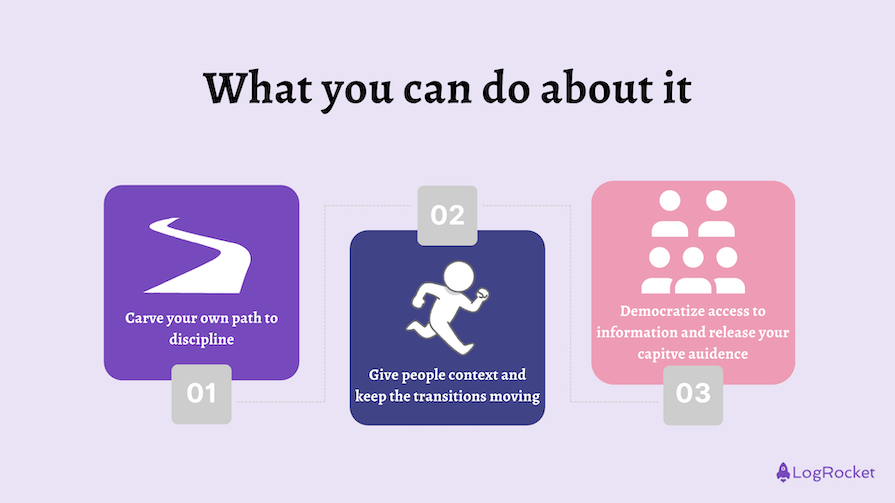
According to Gloria’s research, Mondays, Wednesdays, and Fridays see a productivity peak. “On average, people have optimal focus at 11 a.m. and 3 p.m. Mindless work is typically done around 9 a.m. and 2 p.m. Boredom peaks around 1 hour after lunch.” Learn when you thrive and maximize your work around those days and times.
For example, if boredom peaks after lunch, set that time for intellectual stimulation to read articles, listen to podcasts, and make yourself smarter. Then do some mindless work, then block time for deep thinking.
Don’t assume everyone understands things the same way you do. Make it clear what’s happening, why they’re involved, and what they’ll get by investing their time (even if it’s them giving you something like a presentation, it could ultimately save them time by communicating their key points to relevant parties at once, reducing the need to repeat themselves and/or mitigate the risk of misunderstandings).
Ruthlessly evaluate your meetings and their attendees. If people don’t need to be there, release them. If a meeting (and/or meeting series) can be handled asynchronously, cancel it. Remember most people care about things that impact them, not about everything going on. Filter for what’s important to them.
Later that day in the Penn State race, as rustic Amish families sat on chairs and picnic blankets watching us speed by on our bikes in rural Pennsylvania, I spotted a huge cardboard sign propped up in one of their yards. I had less than a second to answer their simple question scrawled in permanent sharpies: “Where are you from?”
“Virginia!” I called out, and the children squealed with delight. The family erupted in cheers, and as the next rider behind me shouted his state, they cheered again.
Sometimes that’s all people need — one word to answer their biggest question. Not your life story, not the specifics of where you live and nearby landmarks for those who may be unfamiliar, not all your problems. Just one simple word.
One of my favorite recent sayings is “Brevity is confidence.” There’s a time to express your personality and there’s a time to get straight with people. Be brief, be a better storyteller without over explaining, and respect others’ time more than you respect your own.
Featured image source: IconScout
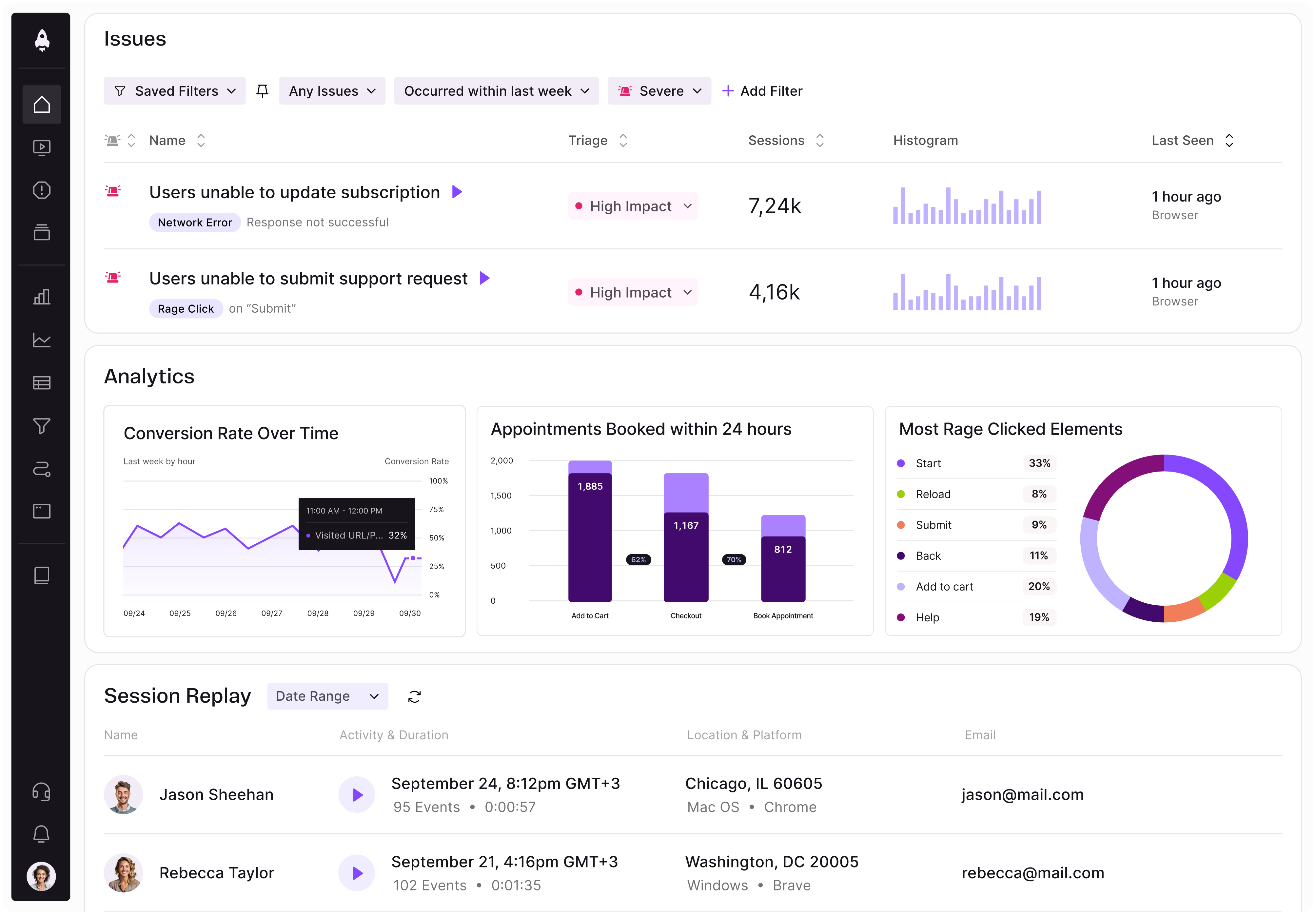
LogRocket identifies friction points in the user experience so you can make informed decisions about product and design changes that must happen to hit your goals.
With LogRocket, you can understand the scope of the issues affecting your product and prioritize the changes that need to be made. LogRocket simplifies workflows by allowing Engineering, Product, UX, and Design teams to work from the same data as you, eliminating any confusion about what needs to be done.
Get your teams on the same page — try LogRocket today.
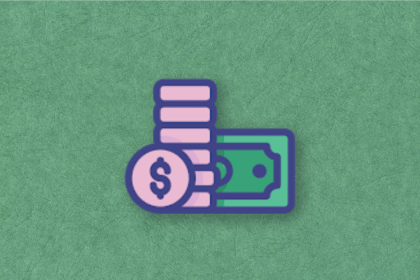
A practical five minute revenue estimation method to help product managers compare ideas, drop low impact features, and prioritize smarter.
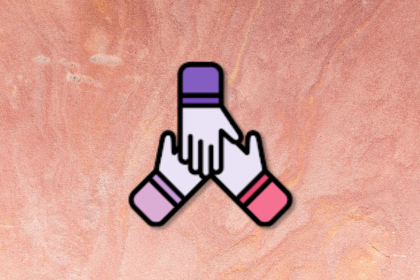
A practical guide for PMs who want to stop being bottlenecks, delegate smarter, and lead teams effectively with a clear ownership framework.
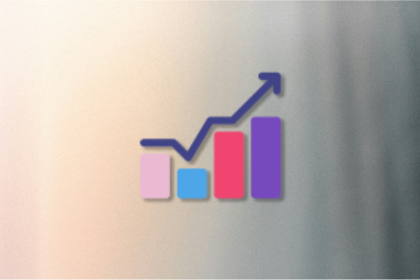
Stop letting unreliable data block features. Treat data as inventory to track quality, ownership, and ship with confidence.
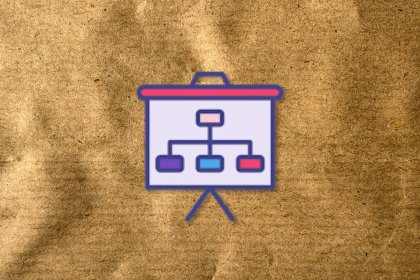
Learn why slide decks slow teams down and explore better tools like whiteboards, PRDs, and prototypes to improve collaboration and alignment.